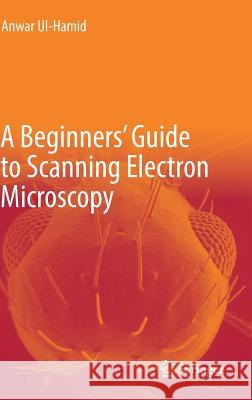A Beginners' Guide to Scanning Electron Microscopy » książka
topmenu
A Beginners' Guide to Scanning Electron Microscopy
ISBN-13: 9783319984810 / Angielski / Twarda / 2018 / 402 str.
Kategorie:
Kategorie BISAC:
Wydawca:
Springer
Język:
Angielski
ISBN-13:
9783319984810
Rok wydania:
2018
Wydanie:
2018
Ilość stron:
402
Waga:
0.77 kg
Wymiary:
23.39 x 15.6 x 2.39
Oprawa:
Twarda
Wolumenów:
01
Dodatkowe informacje:
Wydanie ilustrowane











